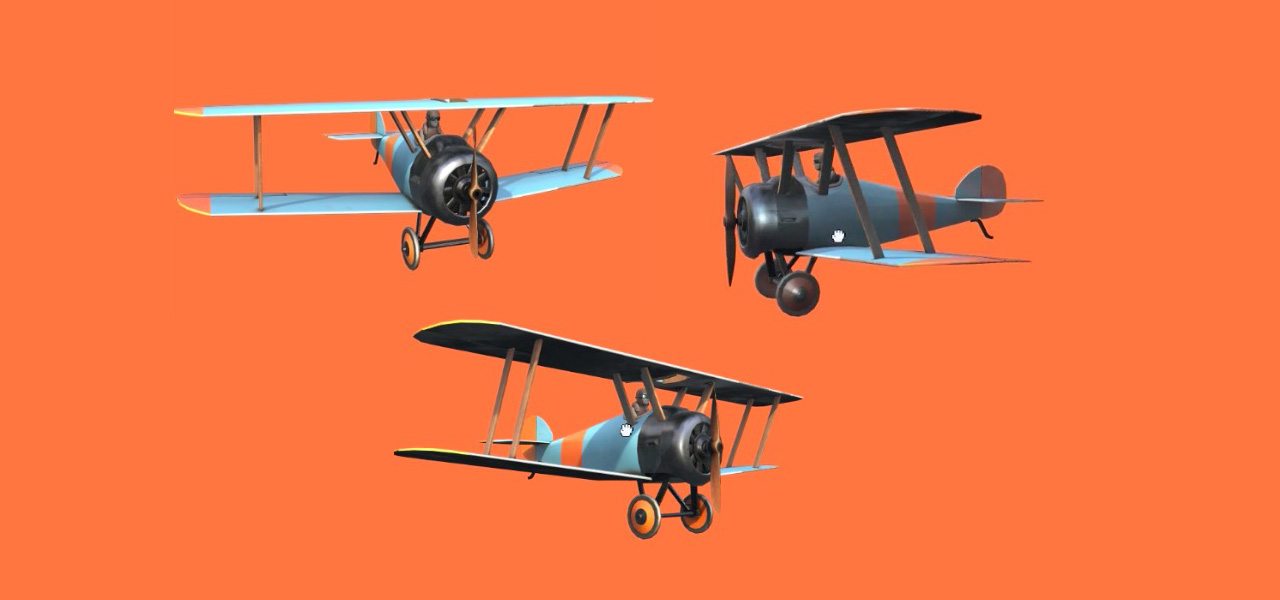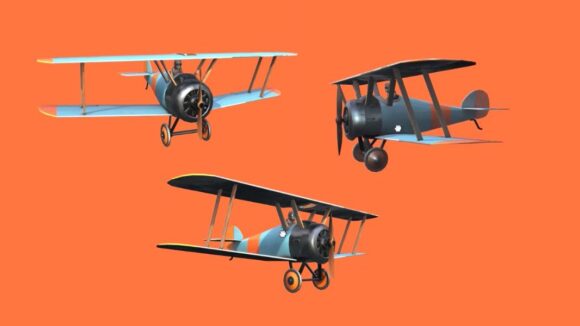

Facebook Makes It Easier For Creators To Share 3D Posts
In October last year, Facebook introduced 3d posts, a way of incorporating and interacting with three-dimensional objects in the social network’s news feed.
Now Facebook has announced support for one of the go-to standards in 3d content publishing on the web, the open source glTF 2.0 file format from The Khronos Group.
Cartoon Brew asked Facebook about the state of play with 3d posts, how users can generate 3d content, and whether – as might seem a natural development – animation of this content is going to be possible.
It’s no secret that Facebook wants users to spend more time on Facebook. The company’s plan to make that happen revolves around increased interaction with content and with other users. Facebook is hoping that 3d posts, which also tap into augmented reality (ar) and virtual reality (vr) content that can be produced with Facebook-owned Oculus and its Spaces VR hangouts, will amp up the interactivity even more.
So what exactly are Facebook’s 3d posts? Well, the company originally showed them off at their Oculus Connect 4 event in October 2017. The idea is that users can grab, spin, and ‘interact’ with a 3d object – a 3d model – to see it from any angle. With some 3d posts, too, there are extra levels of interaction, like being able to close the door to a 3d model of a car, or move a character’s limbs around. At the moment, examples of 3d posts tend to be more cartoony in look and feel, but future 3d posts are likely to edge closer to photoreal models.
Still, Facebook acknowledges it is early days for 3d posts, which seem driven not only by more and more 3d content out there, but also the possibilities of ar and vr. Users are slowly getting used to being able to see ar and vr objects from any angle, and 3d posts are designed to mimic that experience.
“I think as we start to introduce ar and vr to a new audience, and helping people understand how that might be important to them and things that they are interested in, 3d posts is a great way to introduce and have people kind of see that experience,” Facebook Social VR product manager Lucy Bradshaw told Cartoon Brew.
The workflow for getting a 3d model into a 3d post is pretty simple; it’s designed to be like dragging a JPEG file into a post. Users can generate the model in pretty much any content creation program such as Blender, Maya, or from game engines, and output it in the glTF file format (Facebook does note that not every 3d program can export glTF yet).
Khronos has been adapting glTF 2.0 to allow for relatively high fidelity attributes, including the use of physically-based materials for photoreal shading. Facebook Social VR creative director Ocean Quigley says the intention here is to allow in these 3d posts for “fancy shading, fancy lighting, proper-looking metals and plastics – what you’re used to seeing in a modern 3d game engine.” Since glTF is optimized for the web, the 3d files are generated to be compact enough sizewise and with efficient processing to work in the Facebook news feed on desktop and mobile devices.
For this new development, Facebook has partnered with a few hardware and software companies to show off what 3D posts can do. Users who own a Xperia XZ1 phone can generate 3d memories with Sony’s 3D Creator app. 3d objects that are in the Oculus Medium web gallery can be brought into 3d posts (Facebook says objects made in Google’s Poly will soon be embeddable as well). Popular 3d modelling software Modo from The Foundry will also allow ‘Facebook-ready’ 3d files.
Right now, the animation side of 3d posts is fairly limited. Some movement is simply looping actions . Others allow for more interaction. One demo Facebook has produced deals with user-driven interactive animation, where a user can make something happen – such as opening a car door – by pointing and pushing on a 3d object.
Bradshaw told Cartoon Brew that the ultimate goal is to enable users to “tell a little mini-story in a feed,” with the plan to expand this in the future via higher quality 3d models, more interaction, and – eventually – cross-over between the news feed and the ar and vr worlds.

